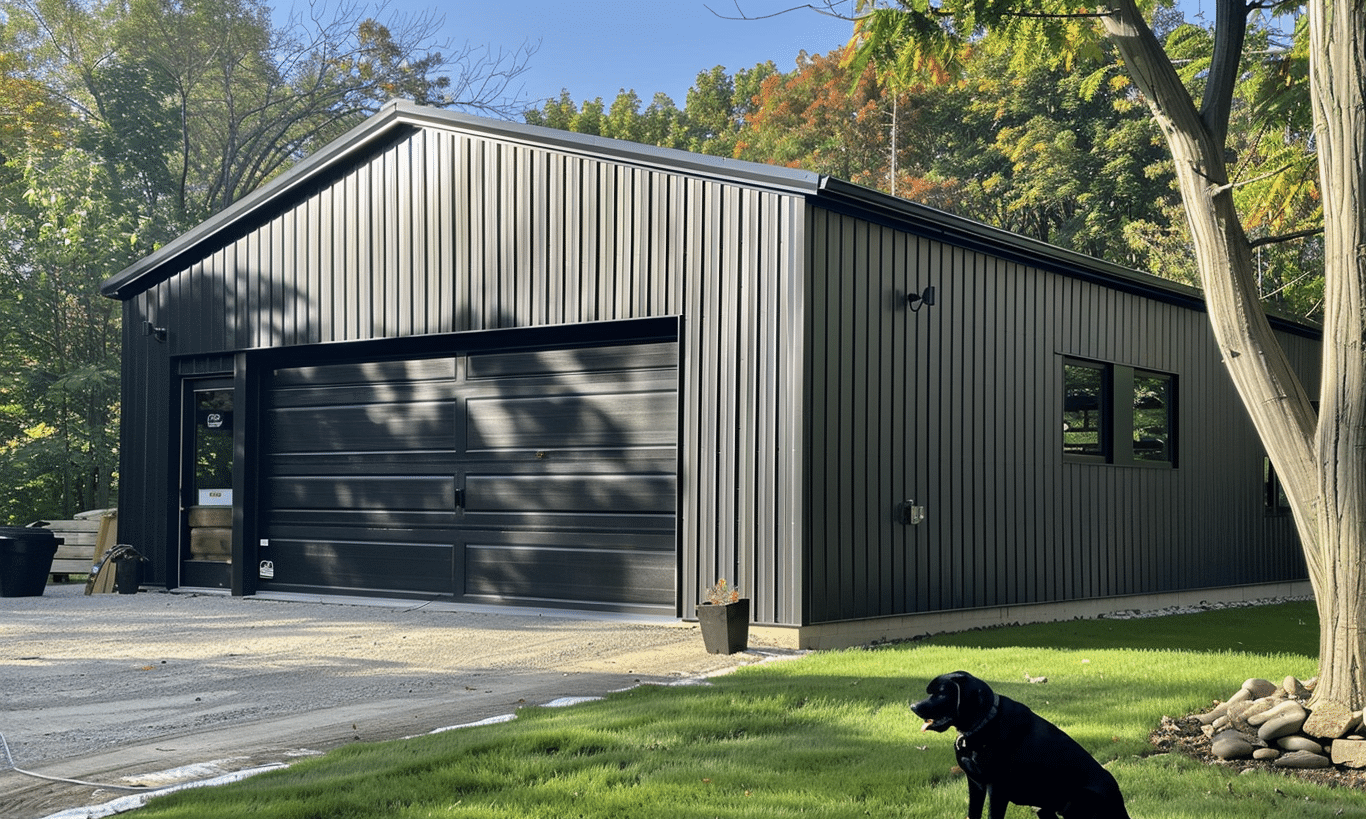In a rapidly changing world where natural disasters such as hurricanes, earthquakes, and floods are increasingly frequent, the concept of resilient construction design has become more critical than ever. This approach to building emphasizes durability, adaptability, and sustainability, enabling structures to withstand and recover from unforeseen events. The construction world is on a quest for innovation, learning vital lessons from past disasters and adopting resilient practices to build a safer future.
Understanding Resilient Construction Design
What does resilient construction design really mean? At its core, it involves creating buildings and infrastructure that can resist and adapt to hazardous conditions while maintaining their integrity. Resilient construction isn’t just a buzzword; it’s a paradigm shift in how we approach the design and building of structures in the face of environmental uncertainties.
Consider the roots of a tree that firmly grip the earth, swaying but not breaking under the fiercest of winds. Similarly, resilient buildings are designed to be flexible yet steadfast, absorbing shocks and reducing risk to inhabitants and property.
Lessons from Past Disasters
To craft more resilient structures, it’s essential to look back at historical lessons learned from past calamities. Time and again, nature’s fury has exposed the vulnerabilities in traditional construction methods. For instance, the devastating 2011 earthquake in Japan revealed the limitations of certain structural designs in seismic zones. Such events underscore the necessity for innovations in building industry resilience.
Emerging from these scenarios is a wealth of knowledge regarding materials, techniques, and technologies that bolster structures against future threats. Steel, for one, has become a material of choice for its strength and flexibility, supporting the evolution of resilient designs.
Key Elements of Resilient Building Practices
Adopting Resilient Building Practices involves several fundamental components. First and foremost is the selection of suitable materials. Steel, due to its durability and versatility, is frequently chosen in resilient construction. Consider a 30×30 steel building kit, which exemplifies how modern materials provide robust frameworks adaptable to varying architectural needs.
Moreover, intelligent design plays a crucial role. This includes meticulous planning concerning site conditions, environmental impact assessments, and integrating technology for predictive maintenance and structural monitoring. Advanced modeling tools and simulations allow architects to anticipate and mitigate damage, enhancing buildings’ adaptive capacities.

The Role of Policy and Governance
Effective policy frameworks are pivotal in driving the adoption of resilient construction design. Governments worldwide are recognizing this and setting standards and benchmarks for resilience. In Canada, initiatives under Infrastructure Canada – Resilient Construction Design emphasize the importance of integrating resilience principles in all infrastructure projects.
Policies encouraging the use of renewable resources, waste reduction, and energy efficiency complement resilient building practices. Funding and incentives further spur innovation and facilitate the adoption of cutting-edge materials and technologies.
Future Directions in Resilient Design
As we gaze into the future, the trajectory of resilient construction design looks promising. Technological advancements promise smarter, more integrated building solutions. Artificial Intelligence (AI) and the Internet of Things (IoT) are playing increasingly pivotal roles in proactive disaster management – transforming buildings into self-monitoring systems that can anticipate and respond to potential threats autonomously.
Consider a scenario where a building’s sensors detect and react to changes in real-time, safeguarding its integrity and the wellbeing of its occupants – a true hallmark of resilience.

Engagement with communities also emerges as a crucial element. Buildings are not standalone entities; they are part of larger urban ecosystems. Resilient design extends beyond individual structures to embrace entire communities, fostering sustainable, resilient, and cohesive living spaces.
The Economics of Resilient Construction
It’s vital to address the economic implications of implementing resilient construction design. While initial costs can be higher, the long-term benefits often outweigh the investment. Structures designed with resilience in mind typically incur lower repair costs post-disaster and often maintain value or appreciate due to their durability.
Stakeholders across industries are becoming more aware of the potential savings and returns on investing in resilience – effectively shifting the narrative from viewing such endeavors as expenses to investing in future security and sustainability.
To wrap up, the journey toward resilient construction design is one of adaptability, innovation, and foresight. By reflecting on the past and leveraging modern advancements, we can build a future where buildings stand as bastions against the forces of nature. The true essence of resilient construction lies in its ability to transform challenges into opportunities, rooting communities in sustainable and secure environments.










